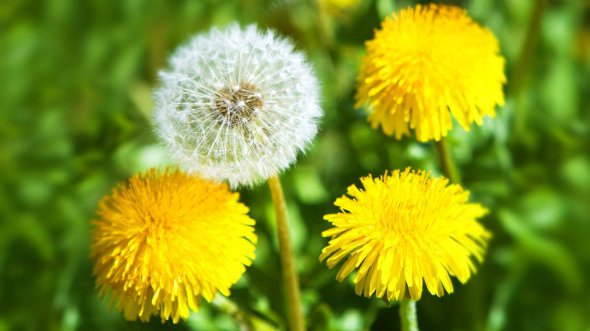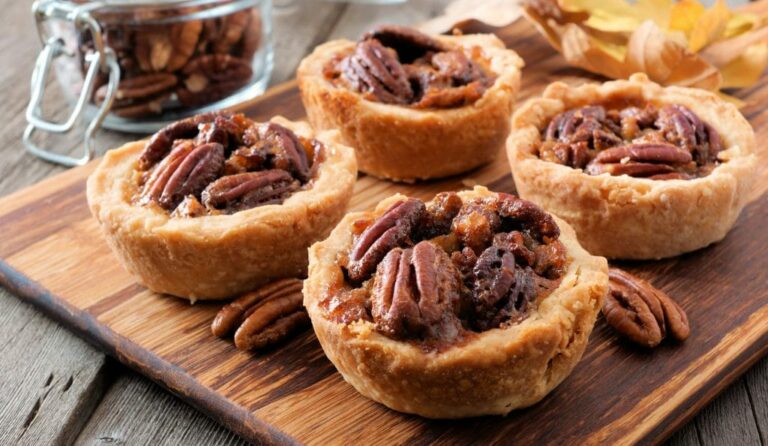The special thing about dandelion honey is that it is actually not real honey. Instead, it’s a mixture of sugar and dandelion flavor in syrup form. We reveal how you make the vegan “honey” yourself.
General information about dandelion honey

In contrast to bee honey, dandelion honey does not contain any animal components and is therefore vegan. However, it tastes similar to real honey and has a similar consistency – hence the name.
Collecting dandelion flowers requires some effort. But it’s worth it. When collecting, make sure that:
- you collect the dandelions in places with little or preferably no traffic.
- you take the young, juicy blossoms.
- you don’t remove the whole plant. Unless you want to remove the dandelions from your vegetable beds.
The flowering period of the dandelion is in April and May.
Dandelion honey recipe

First, you need enough dandelion flowers – depending on how much “honey” you want to make. For starters, 200 grams should be a good guideline.
You also need:
- 1 liter of water
- 1 kg of sugar
- 1 half organic lemon
Proceed as follows:
Put the flowers in a pot and pour the water over them.
Cover the pot with a lid and let the mixture steep for about two hours.
Bring the mixture to a boil and then let it cool down again.
Let the water and dandelion blossoms sit overnight and drain the blossoms with a colander.
Add the sugar and some grated zest of the lemon.
Bring the mixture to a simmer.
To test whether the mixture has the right consistency, you can put a small amount on a plate and let it cool. If the consistency is similar to that of “normal” honey, then the dandelion honey has simmered long enough.
If it is not firm enough, let the mixture simmer a little more and test the consistency at regular intervals.
Store dandelion honey properly

There are a few things to note:
- Use sterilized jars to bottle the “honey.”
- Be careful not to pour the dandelion honey into jars that are wet or too cold. Otherwise, the spread will crystallize. Therefore, use well-dried glasses.
- Protect the “honey” from too much light and heat as well as cold. Store it in the closet or pantry. It can be kept there for about a year.


